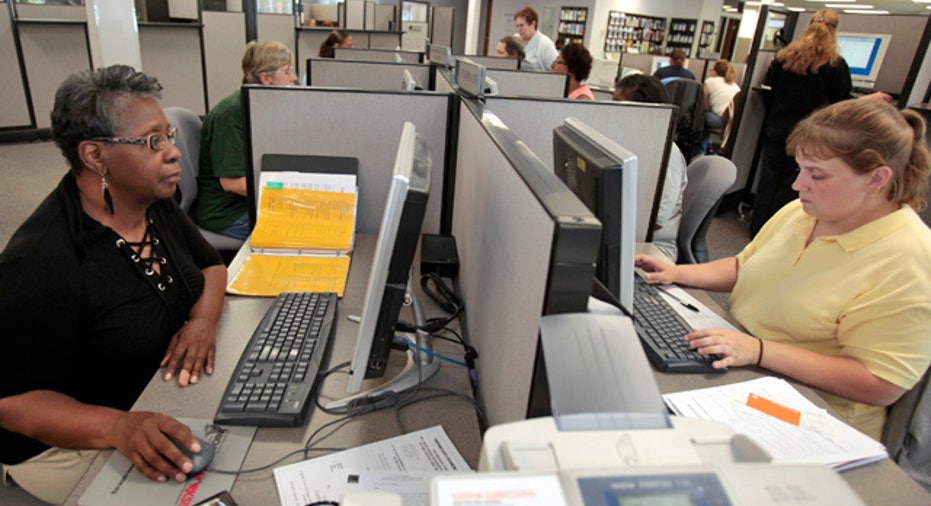5 Steps to Prepare for Network Snafus

Downtime and data recovery cost North American businesses $26.5 billion per year in lost revenue, according to a recent CA Associates survey of 2,000 IT professionals. The longer your system is down, the more you stand to lose. As Forrester Research Senior Analyst Rachel Dines writes in Network World: “there is no ‘easy button’ when it comes to running always-on, always-available services.”
In addition to financial losses, customer loyalty and company reputation also stand to take a hit, depending on how long downtime lasts. If downtime occurs during a busy sales season, for example, customers may be forced to defect to competitors, and stay there for the long haul.
When properly engineered; hybrid cloud appliances and DRaaS (Disaster as a Recovery) solutions represent the best of computing evolution.
Vendors understand this promise, and the market is growing crowded with appliances of varying degrees of merit. Something that claims to be plug-and-play could in fact be plug-configure-troubleshoot-call support-pay extra-throw in garbage bin. To avoid that kind of scenario, there are several steps you can take in advance:
No. 1: If you’re considering an appliance, look carefully at the installation, operation and maintenance requirements of your appliance before you buy. Make sure you can install it in less than one day. Do you manually install and configure it after you buy the system? How do patches and upgrades work? You can’t save time on downtime if the appliance requires a MENSA membership to run.
No. 2: Is the appliance bundled with third-party software and hardware? If you don’t understand who owns the technology you’re using, troubleshooting can become a nightmare as you chase down the real “owner” of the defective part. The OS, deduplication software and server hardware could all be represented by different entities. It’s easier to purchase from one vendor who takes responsibility for everything.
No. 3: Look for automated testing. Testing on a regular basis is crucial to business continuity. Ask yourself the question…does your vendor charge extra to test your disaster recovery system? How long will it take to test your recovery system? Some solutions take hours to spin up virtual machines. How hard is it to test your recovery system?
No. 4: Do a back-of-envelope calculation on how long your vendor will take to recover your systems. Does your vendor need to manually rebuild recovery nodes during the recovery process? That adds time. Can you have an unlimited number of recovery nodes running at one time? If not, you may experience processing delays during the recovery process. Can the recovery nodes run inside the same appliance? Some vendors export recovery nodes from spare servers — and charge you for it. Ask for a recovery scenario demo to clarify everything.
No. 5: Understand the costs involved. A recent report by Aberdeen found that downtime costs mid-sized businesses a whopping $74,000 per hour. Factor in all possible costs before you select a solution. Does your vendor charge by the gigabyte? What are the monthly fees according to your projected data volumes? How much does regular testing cost? You’ll be surprised at how quickly hidden costs can add up.
Continuity Redefined
Building an always-on IT environment in a virtualized computing world isn’t rocket science, but it does require the ability to make the right choices. Unlike in fashion, vintage accoutrements like tape don’t look very good when it comes to disaster recovery. You also have to do your due diligence to ensure that the tools that are more attractive — cloud and appliance solutions — don’t come with a built-in Pandora’s Box effect. As Alexander Graham Bell said, “preparation is the key to success,” and nowhere is this more true than in disaster recovery and business continuity.
This opinion column was written by Larry Lang, CEO of Quorum, which provides one-click backup, recovery and continuity services, helping businesses safeguard their revenue, customers and reputation.



















